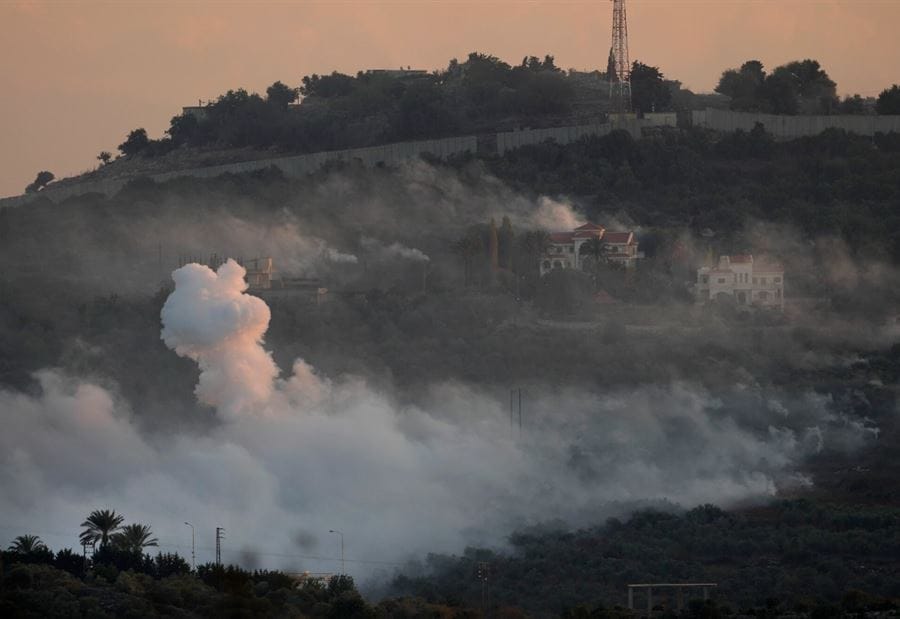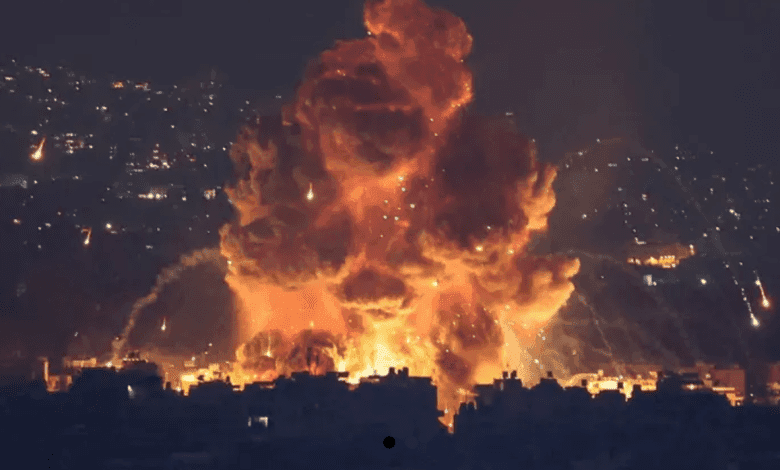نزاعات عقارية تزيد تعقيد المأساة بعد التدمير الشامل في لبنان
أضرار الحرب: خسائر بشرية ومادية هائلة
لا تُختصر معاناة اللبنانيين بعد توقف إطلاق النار بفقدان الأرواح أو المنازل والممتلكات التجارية والصناعية، إذ إن حجم الدمار الذي ألحقته الحرب بالبنى التحتية والمباني السكنية يفوق الوصف. استنادًا إلى تقديرات الخبراء، تتجاوز الأضرار المباشرة تدمير 40 ألف مبنى، إضافة إلى تهديد مبانٍ أخرى مجاورة بالانهيار. تشير رئيسة الهيئة اللبنانية للعقارات، المحامية أنديرا الزهيري، إلى أن عدد المباني المدمرة قد يصل إلى 200 ألف مبنى، مع الإشارة إلى أن هذه الأرقام أولية وتزداد يوميًا.
تدمير شامل في الجنوب والضاحية والبقاع
تؤكد الزهيري أن 37 قرية جنوبية تعرضت للتدمير الكامل. ومن أبرز المناطق المتضررة الجنوب والضاحية الجنوبية والبقاع، حيث محا العدوان حدود العقارات بالكامل، ما يستوجب إعادة مسح شامل. وأضافت أن العديد من الأبنية القديمة، لا سيما في الشمال وطرابلس، أصبحت مهددة بالسقوط نتيجة الزلازل والتأثيرات الجانبية للحرب.
أرقام وإحصاءات غائبة
لا توجد حتى الآن إحصاءات رسمية شاملة لتحديد حجم الخسائر. قبل الحرب، قدّرت الهيئات العقارية وجود 16 إلى 18 ألف مبنى مهدد بالسقوط في لبنان، إضافة إلى 83 ألف وحدة متضررة نتيجة حادثة تفجير مرفأ بيروت. أما في طرابلس، فقد أعلنت البلدية عن وجود نحو 4,000 مبنى مهدد بالسقوط.
تحديات ترميم الأبنية المتضررة
تشير الزهيري إلى أن الحرب تسببت في أضرار جسيمة لـ 5,868 مبنى في الجنوب وحده، نصفها تعرض لأضرار تفوق 80%. وأضافت أن الحرب شملت تدمير أكثر من 29 قرية تمتد من الناقورة غربًا إلى شبعا شرقًا. أبرز المناطق المتضررة تشمل عيتا الشعب، كفركلا، العديسة، حولا، الضهيرة، مروحين، محيبيب، والخيام.
أزمة عقارية مُعقّدة وزيادة النزاعات
وسط هذا الدمار، يواجه لبنان أزمة عقارية معقدة تتطلب سنوات طويلة لإعادة الإعمار. وأعربت الزهيري عن قلقها من تفاقم النزاعات العقارية في ظل غياب خطة شاملة لإعادة التحديد والتحرير العقاري. كما حذرت من استغلال الأبنية المهجورة من قبل عصابات العقارات، ما قد يؤدي إلى اعتداءات متكررة على الملكيات الفردية.
حلول طارئة لتجنب الكارثة
تشدد الزهيري على أهمية وضع خطة شاملة تتضمن:
- إعادة مسح شامل للمناطق المدمرة.
- وضع أولويات للكشف على الأبنية المتضررة لتحديد المباني القابلة للترميم.
- تقديم حلول مثل البيوت الجاهزة لتوفير مأوى سريع للأسر المتضررة.
وأكدت أن إهمال هذه الخطوات سيزيد من الأزمات الاجتماعية والاقتصادية، مما قد يؤدي إلى نزاعات لا تُحمد عقباها.
المصدر: رماح هاشم – نداء الوطن
Post-War Real Estate Disputes and the Challenges of Rebuilding in Lebanon
War's Aftermath: Massive Human and Material Losses
The aftermath of the war in Lebanon is not limited to the tragic loss of lives or the destruction of homes and businesses. The scale of destruction inflicted on infrastructure and residential buildings is unprecedented. According to preliminary expert estimates, over 40,000 buildings have been completely destroyed, with adjacent structures also at risk of collapse. Lawyer Indira Zohairi, head of the Lebanese Real Estate Authority, estimates that the number of destroyed buildings may exceed 200,000, with numbers continuing to rise daily.
Widespread Destruction in Key Regions
South Lebanon, Beirut's southern suburbs, and the Bekaa Valley are among the most devastated areas. Zohairi highlighted that 37 villages in the south were completely obliterated, necessitating comprehensive resurveying as property boundaries have been erased. Northern Lebanon and Tripoli have also seen buildings threatened by earthquakes and the war's side effects.
Lack of Official Statistics
No official statistics or comprehensive assessments exist regarding the number of damaged or destroyed buildings. Pre-war estimates indicated that 16,000 to 18,000 buildings nationwide were at risk of collapse. After the Beirut port explosion, approximately 83,000 units were reported damaged. In Tripoli, around 4,000 buildings are now deemed unsafe.
Challenges in Reconstruction
Zohairi reported that 5,868 buildings in the south alone suffered significant damage, with nearly half sustaining more than 80% destruction. The war's impact spanned 29 villages, including Aita al-Shaab, Kfar Kila, Adaisseh, Houla, Dahira, Marwahin, Muhaibib, and Khiam, leaving most of these areas in ruins.
Complex Real Estate Crisis and Rising Disputes
Lebanon faces a protracted real estate crisis exacerbated by the immense destruction. Zohairi warned of potential disputes over land ownership and boundaries due to the erasure of property markers. She also raised concerns over abandoned properties being exploited by real estate gangs, posing further risks to private ownership.
Urgent Solutions Required
Zohairi outlined several urgent measures to address the crisis:
- Comprehensive resurveying of affected areas.
- Prioritizing inspections of damaged buildings to identify structures that can be repaired or demolished.
- Implementing temporary solutions, such as prefab housing, to provide immediate shelter for displaced families.
Failure to act promptly could exacerbate social and economic tensions, leading to prolonged instability in the region.
Translated by economyscopes team
 سكوبات عالمية إقتصادية – EconomyScopes إجعل موقعنا خيارك ومصدرك الأنسب للأخبار الإقتصادية المحلية والعربية والعالمية على أنواعها بالإضافة الى نشر مجموعة لا بأس بها من فرص العمل في لبنان والشرق الأوسط والعالم
سكوبات عالمية إقتصادية – EconomyScopes إجعل موقعنا خيارك ومصدرك الأنسب للأخبار الإقتصادية المحلية والعربية والعالمية على أنواعها بالإضافة الى نشر مجموعة لا بأس بها من فرص العمل في لبنان والشرق الأوسط والعالم




